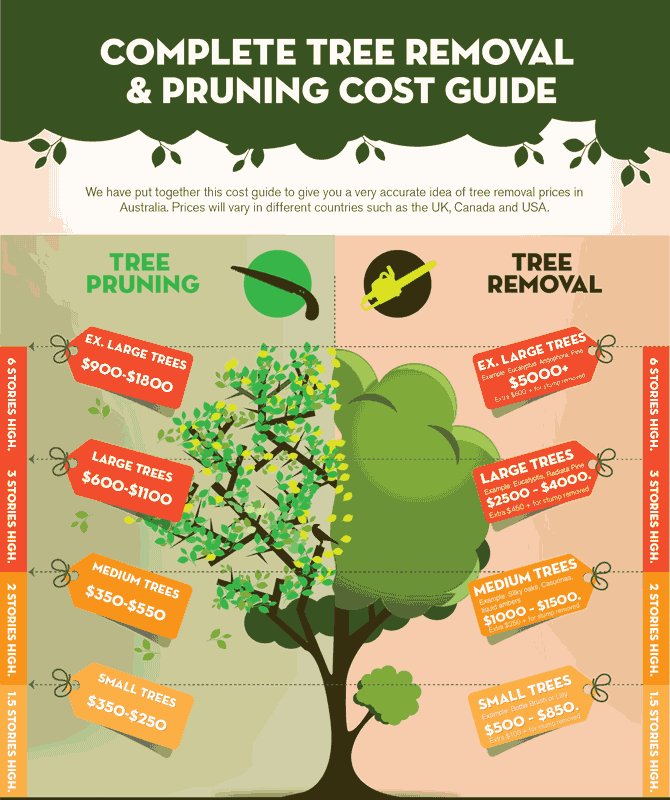Securing Your Landscape: Replanting After Tree Removal
Securing Your Landscape: Replanting After Tree Removal
Blog Article
https://www.lockportjournal.com/news/lifestyles/niagara-genealogy-tips-and-tricks-for-growing-your-family-tree/article_5e78211c-0f50-5d9f-8fb1-5e719da43d94.html Developed By-Goldstein Gravesen
Tree removal can leave a gap in your landscape that needs filling. You can grow something new in that space, however it takes extra treatment and interest at the beginning to aid it flourish.
The soil because area will maintain transforming gradually as microbes break down the old roots. That can affect the nutrient balance and physical room for brand-new growth.
Soil
The soil in a plot where a tree has actually been removed is likely to be really various from the remainder of your garden or lawn. The origins of the old tree and the stump will certainly have transformed the dirt, eliminating some nutrients and perhaps crowding out various other plants. In addition, if the previous tree was infected, the transmittable representative might still remain in the ground.
The presence of roots cultivates a rich and diverse community of dirt microorganisms that improves important processes like nutrient cycling and raw material decomposition. Without these bacteria, the displaced soil can end up being much less fertile and nutrient-depleted, with an adverse effect on plant growth.
Before replanting, the dirt must be removed of debris and organic material (such as timber chips from stump grinding). You might desire to mix in potting soil or native dust with this compost to offer your brand-new planting with an environment that is well balanced and loaded with nutrients.
Water
Tree origins take in huge amounts of water from the soil. This procedure likewise includes nutrients back to the dirt, especially nitrogen, which is necessary for new trees and plants. Regrettably, old dirt can be depleted of these essential minerals because of the decaying origins and stump from a removed tree.
This is why it is necessary to have a plan for the future of your landscape. Ideally, the best time to plant is when you have a fresh start.
Whether auckland landscape planting grass or flowers, ensure to use a soaker tube to stay clear of overwatering your new landscape design. If the area was a yard, make certain to cover the dirt with organic compost to aid keep dampness in the dirt, regulate soil temperature levels and subdue weeds. This likewise offers a layer of defense for young plants and promotes worm activity. After that, regularly restore the mulch to proceed improving the dirt nutrient thickness and microbial life. This is called soil repair.
Light
Trees are a great addition to any landscape, offering color, visual pulchritude, and several other benefits. However, often trees end up being unsightly as a result of a variety of factors, including illness, bug infestations and natural aging.
In such situations, it may be essential to get rid of a tree. It is very important to take into consideration the value of a certain tree in your landscaping and take the appropriate steps to make certain that the removal is done securely and efficiently.
During the late summertime, it's an ideal time to do maintenance and inspections on existing trees. Search for signs of illness, insect problems, or architectural damages, along with any prospective dangers such as weakened or leaning trees.
Before beginning any type of building and construction tasks, be sure to secure the root zones of existing trees by preventing dirt compaction and rating around them. Organic matter, as it breaks down, can generate toxic gases that are damaging to the origins of a tree. It's likewise an excellent idea to mulch the location around a tree after construction has actually finished to preserve moisture and reduce weed development.
Temperature level
Trees are essential to a landscape for their visual allure, however they likewise play a vital role in the local ecosystem by supplying shade and windbreaks. They support wild animals habitats and decrease the amount of carbon dioxide in the air, which can contribute to global warming. This is why it is recommended to replant trees after removing one from the property.
When replanting a new tree in the place of a previous stump, the dirt may not have sufficient nutrients to support it. It is best to wait for a year prior to planting to ensure that the soil will certainly be abundant in nutrients.
To guarantee that replanted trees grow, it is critical to give them with correct treatment. A layer of mulch will maintain soil wetness from evaporating, control dirt temperature level, and aid subdue weeds. Organic mulch is the preferred selection since it enhances dirt fertility. Continuous fertilization and bug control are also essential for replanted trees.